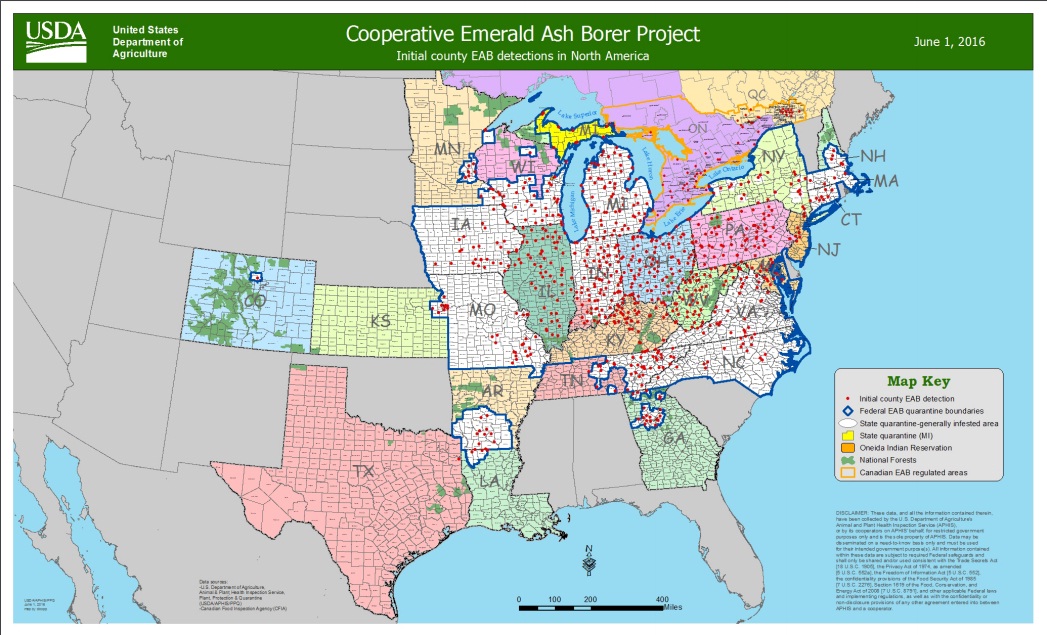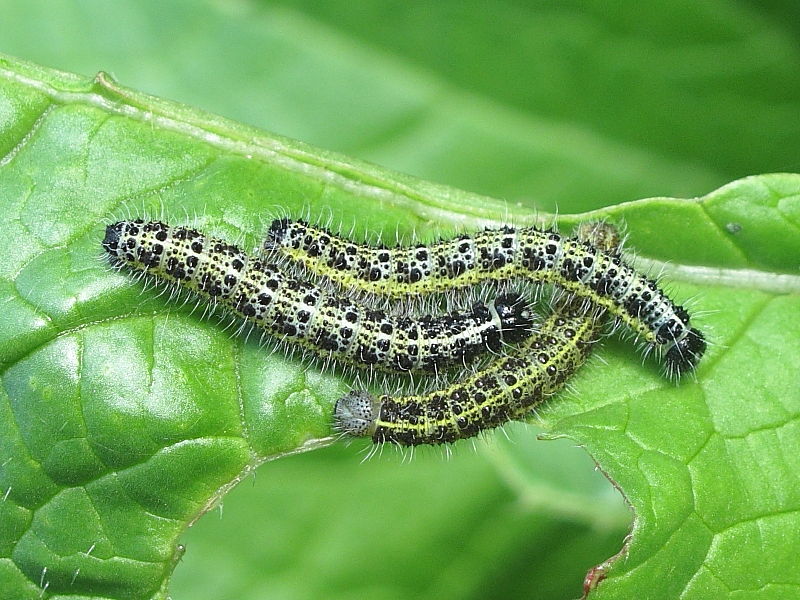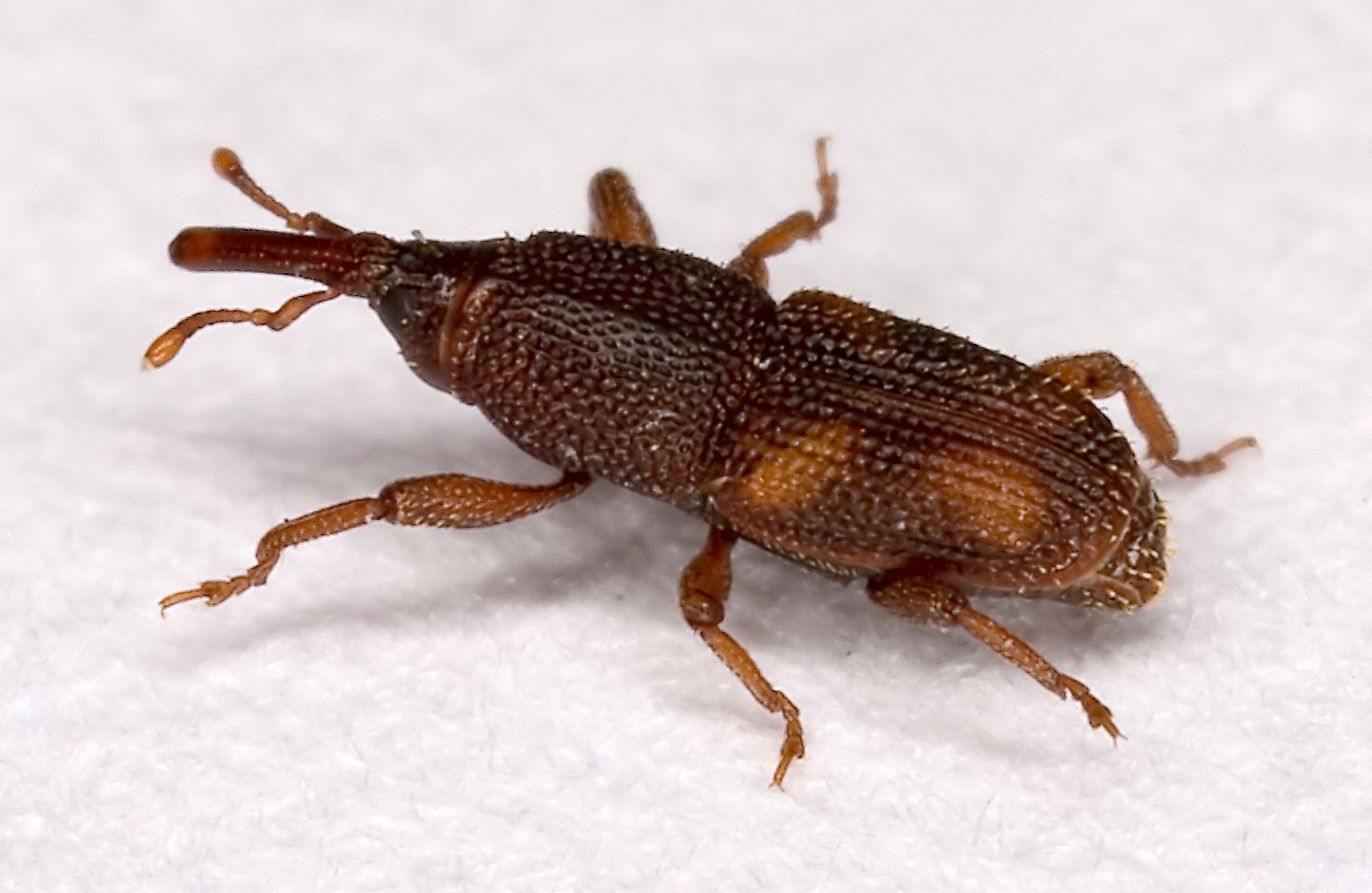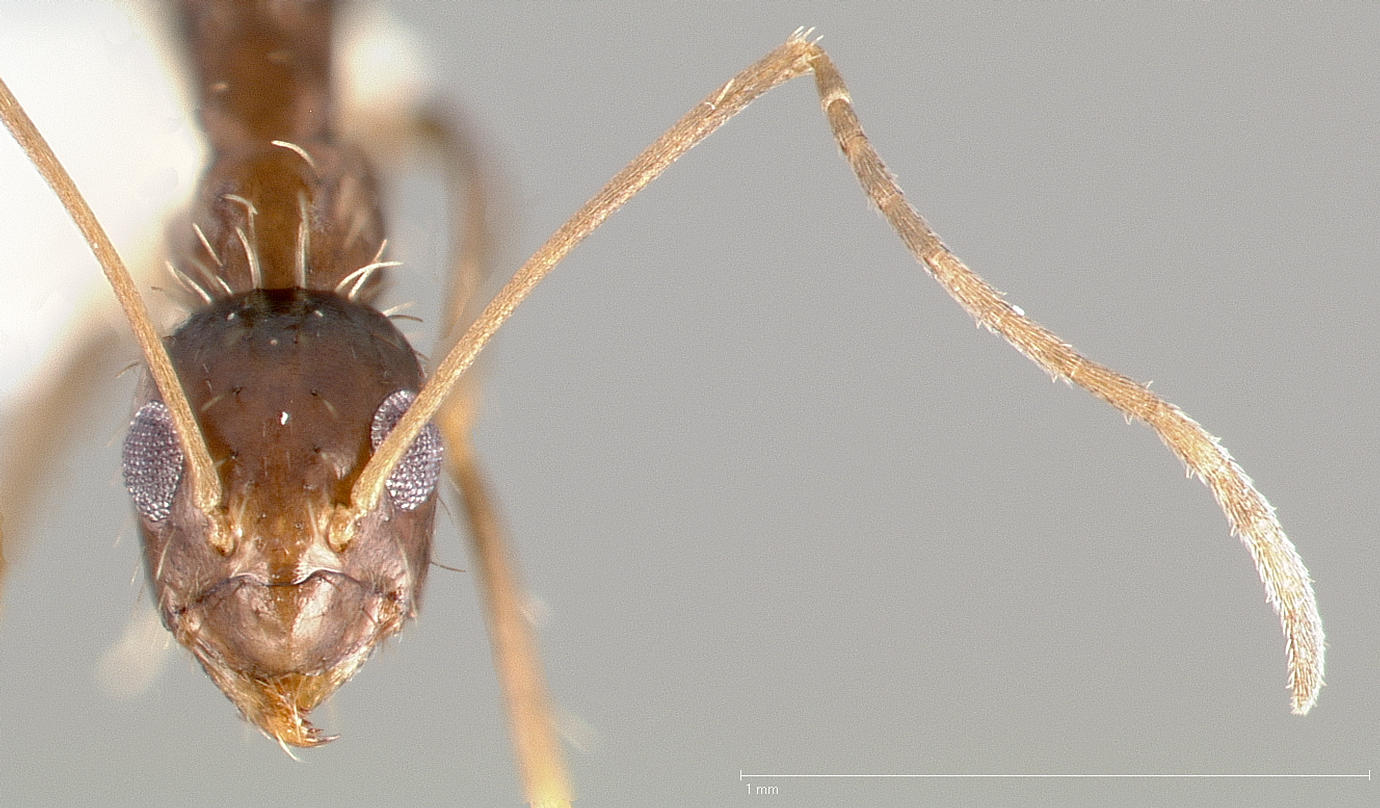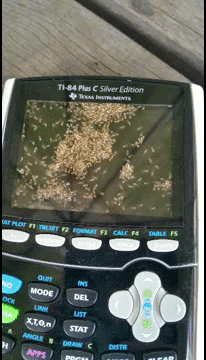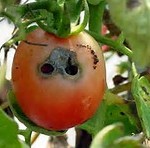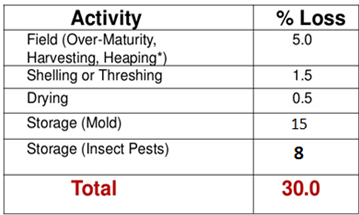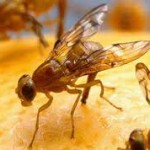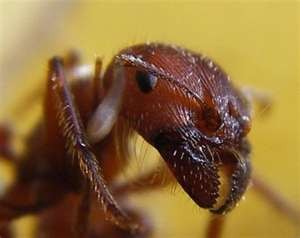 The Rasberry crazy ant or tawny crazy ant, Nylanderia fulva, is an ant originating from South America. This species is called “crazy ant” because of its quick, erratic movements. It is also called the “Rasberry crazy ant” in Texas after the exterminator Tom Rasberry, who noticed that the ants were increasing in numbers in 2002.
The Rasberry crazy ant or tawny crazy ant, Nylanderia fulva, is an ant originating from South America. This species is called “crazy ant” because of its quick, erratic movements. It is also called the “Rasberry crazy ant” in Texas after the exterminator Tom Rasberry, who noticed that the ants were increasing in numbers in 2002.
The ant is about 0.125 inches long, thus smaller than the red imported fire ant. It is covered with reddish-brown hair. The colonies live under stones or piles; they have no centralized nests, beds, or mounds. The ants appear to prefer the warmth and moisture of the coast. The simplest way to describe tawny crazy ant behavior is disorganized, chaotic foraging by worker ants, and colonies with queens who possess enormously abundant reproductive potential.
The Texas A&M University research extension service quotes the annual rate of spread by ground migration as about 240 and 360 m per year in neighborhoods and industrial areas, respectively, and 207 m/year in rural landscapes, hence spreading more slowly than fire ants. Other sources quote 800 m per year. Being carried by people, animals, and vehicles (in trash for example), the observed rate is much higher: the spread from five Texas counties in 2002 to 20 in 2007 yields an accelerated rate of 8 km (5.0 mi) per year, at which rate it would take about 70 years for them to reach New Orleans. However, in 2011, tawny crazy ants were reported in Mississippi, in August 2012 in Port Allen Louisiana, and in 2013 in Georgia.
Tawny crazy ants are omnivores. They consume just about any sweet or protein substances. Sweets commonly eaten are honeydew (excretions produced by aphids and other insects), sweet portions of plants, over-ripe fruits, and honey from beehives. Protein sources include small insects and small mammals that are overcome by the numerous workers that attack. The workers are most active and plentiful in the early spring, while foraging is limited in the winter months. Colonies produce millions of workers by mid-summer and continue to thrive throughout the fall. Crazy ants build nests under almost any object or inside any void that remains moist.
One of the more fascinating aspects of tawny crazy ant behavior is their habit of infesting electronic equipment in large numbers. Infestations in electrical equipment can cause short circuits, sometimes because the ants chew through insulation. Overheating, corrosion, and mechanical failures also result from accumulations of dead ants and nest detritus in electrical devices. If an ant is electrocuted, it can release an alarm pheromone in dying, which causes other ants to rush over and search for attackers. If a large enough number of ants collects, it may short out systems.
It is unclear why colonies of Nylanderia fulva, like many species of ants, are attracted to electrical equipment. They may sense the magnetic fields that surround wires conducting electric current, or they prefer the warmth produced by resistance to the currents in the wires. Some argue they simply are searching for food or an attractive place to nest.
Let us look at some current news articles pertaining to the damages caused by these crazy ants:
Exterminator says ‘Rasberry Crazy Ants’ coming to SC
July 27, 2016, South Carolina, USA
Exterminators are issuing a warning for homeowners about a type of ant we haven’t seen in the Carolinas but could be here before we know it.
Swarming by the millions, this isn’t something you’ll want to find in your house.
“And these will be the dominant ant, they will wipe out everything in its path,” said Brandon Johnson of ipest inc. “And the threat they pose to us is they can virtually live in anything, anywhere.”
Johnson says they’re called Rasberry Crazy Ants. They were founded by an exterminator in Texas back in 2002, but as their numbers have grown, they’ve continued to expand their territory. Cases have been seen in Georgia in recent years and Johnson says South Carolina is next.
“What we need to worry about is the electrical panels being shorted out by these massive numbers,” Johnson said. “We don’t know why, but they are attracted to electricity fields.”
Johnson says nothing you can buy in a store will stop them from getting into your home and multiplying. While they don’t sting or bite, he says they’ll get into your food, they could be a fire hazard with your electrical equipment and besides, do you really want all those ants running around everywhere?
Another incident pertaining to the destruction of electronics by these ants was reported recently in Texas, USA.
Ant invaders making Texans crazy
December 20, 2016, Texas, USA
There’s a hitchhiker traveling across Texas, and if it hasn’t yet crawled into your computer, plugged up the electrical pump on your well or just chewed through your serenity, standby.
Seven Texas counties have reported crazy ants this fall, adding to the 28 reported last year, and Robert Puckett, a Texas A&M entomology professor, thinks there are probably others that don’t yet realize they’re infested.
“They’re a beast,” said Puckett, who is part of the team at A&M’s Center for Urban and Structural Entomology. “I always tell people we’re going to take care of it, but they’re going to be trouble for a long time.”
Crazy ants — also called the Rasberry crazy ant or tawny crazy ants — like enclosed spaces, have hundreds of queens in a colony and can shut down productions lines by short-circuiting electronics. They can even drive out fire ants, surviving the competition’s stings by detoxifying its venom.
Do we have an effective solution for this crazy ant menace? Yes, we do!
C Tech Corporation offers a non-toxic and non-hazardous product, Termirepel™ to protect the electrical application and cables from these ravenous insects.
It is an environmentally safe product that works by repelling the insects without causing any harm to the target or non-target species. Termirepel™ is available in three forms, solid masterbatch, liquid concentrate and lacquer form. Termirepel™ masterbatch can be safely incorporated into the PVC insulation of wires and cables while manufacturing or coated on surfaces to keep crazy ants away from the application. Termirepel™ can also be incorporated in agricultural films and mulches for the protection of trees and bushes against these creatures.

 Bed bugs are flat, reddish-brown, oval insects. They are wingless. A few decades ago, bedbugs were somewhat of a novelty in developed countries. But since the early 2000s, infestations have become more common in places like the United States, Canada, the United Kingdom and Europe, according to the U.S. Centers for Disease Control and Prevention
Bed bugs are flat, reddish-brown, oval insects. They are wingless. A few decades ago, bedbugs were somewhat of a novelty in developed countries. But since the early 2000s, infestations have become more common in places like the United States, Canada, the United Kingdom and Europe, according to the U.S. Centers for Disease Control and Prevention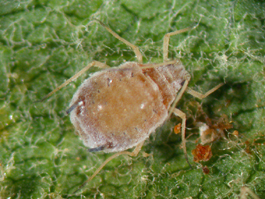
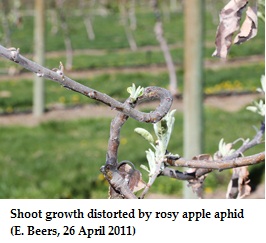
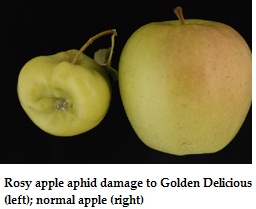
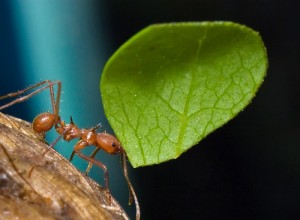
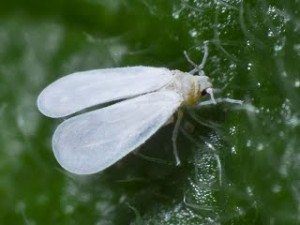
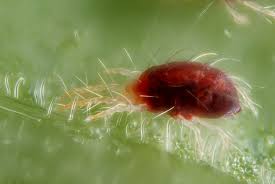
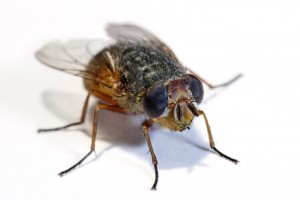
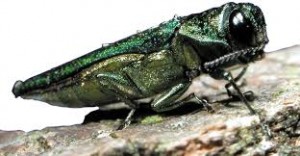 North America. This exotic borer is a native of Asia with its natural range including China, Japan, Mongolia, Korea, the Russian Far East and Taiwan.
North America. This exotic borer is a native of Asia with its natural range including China, Japan, Mongolia, Korea, the Russian Far East and Taiwan.